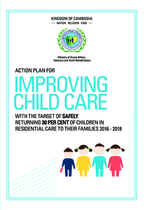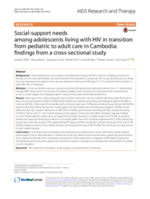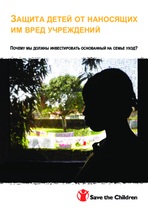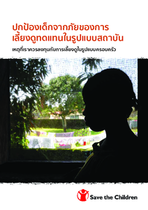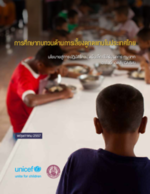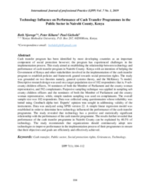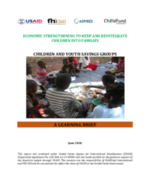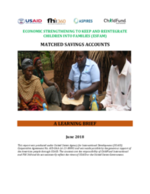Action Plan to Prevent and Respond to Violence Against Children 2017-2021
This Action Plan to prevent and respond to violence against children in Cambodia identifies five key areas of intervention: 1) coordination and cooperation, 2) primary prevention, 3) multi-sectoral child protection response services, 4) law and policy formulation and amendment, 5) monitoring and evaluation.

